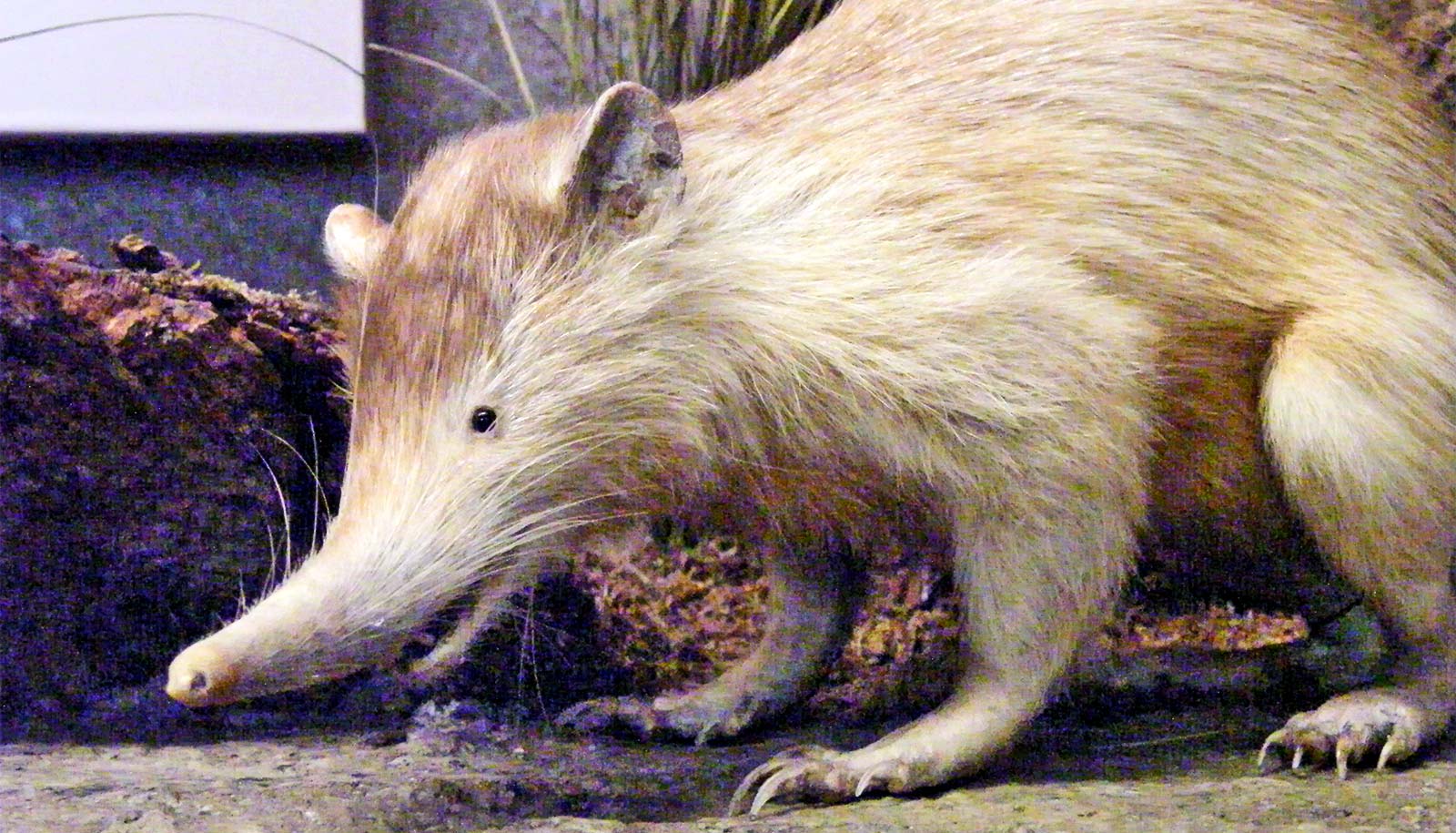To accurately predict species’ distributions and risk of extinction, models must include more than just climate, according to new research.
Ecologists estimate that 15 to 37% of plant and animal species will go extinct as a direct result of the rapidly changing climate.
“The predictions from climate-only models represent the end point you would expect if nothing complicated happened, but that isn’t the real world.”
But the new research shows that current models don’t account for the complexities of ecosystems as they are affected by climate change. As a result, these extinction rates are likely underestimated.
As the climate continues to rapidly change, the area in which a given species can live often shrinks. Researchers wondered what factors beyond climate must be considered when trying to determine species abundance, distribution, and risk of extinction.
“This is a central question in ecology, and it has become even more important with climate change,” says Margaret Evans, assistant professor of dendrochronology in the Laboratory of Tree Ring Research at the University of Arizona and coauthor of the paper in the journal Ecology Letters.
Extinction: Climate and competition
Evans and her collaborators used data from over 23,000 piñon pines in the southwestern United States to model how climate affects the pine species.
While climate affects the trees directly via temperature and precipitation, it also affects them indirectly through its influence on insects and fire, the researchers found. Those indirect effects can cause rapid shifts in the trees’ population and distribution on the landscape. This nuance cannot be captured using climate-only models, which base their estimates on direct climate impacts.
“If we want to make predictions, we have to know what causes species to be in an area in the first place,” says lead author Emily Schultz, who was a postdoctoral researcher at the University of Arizona when this research was conducted and is now a postdoctoral researcher at the University of Nevada, Reno.
“We were looking at climate and competition with other species as two possible explanations. What we found is that both factors have some importance to where we find species, but climate seemed to be more important.”
Piñon pine perils
Anyone can observe the direct effects of climate on plant species by driving up the Santa Catalina Mountains north of Tucson, where piñon pines grow, Evans says. As you ascend, the landscape cools and the ecosystem changes from desert to shrubland to pine forests. As the climate in the southwestern US warms and dries, species retreat to areas with cooler temperatures farther up the mountain. At the very top, some species have nowhere left to go.
The more complex, indirect effects of climate on species distribution are likely to cause sudden changes in abundance and distribution that are not predictable from a climate-only perspective, Evans says.
“Climate change is having cascading effects on ecosystems. Climate stress makes individuals physiologically weak and more susceptible to disease,” Evans says. “Understanding species distribution is much more complicated than climate models alone will capture because they don’t capture that level of complexity. The predictions from climate-only models represent the end point you would expect if nothing complicated happened, but that isn’t the real world.”
The researchers chose to look at piñon pines because the species has undergone dramatic population changes in recent decades, due to drought and subsequent insect outbreaks.
“In the early 2000s, there was a strong, regional drought,” Schultz says. “Those unhappy conditions stressed the trees and made them vulnerable to attack by their natural enemy, the bark beetle.”
Climate also indirectly affects piñons in other ways. Wet conditions alone can have a direct and positive impact on piñons, but such conditions can also have indirect negative effects. More rain means more vegetation, which can be fuel for wildfires.
“Piñon pines are not at all resistant to fires,” Schultz says. “We want to next include fire in our models.”
‘Weirding’ of Earth’s ecology
Evans says she had her “aha!” moment when she was talking over lunch with a friend on campus.
“He told me about a paper of his about the extinction of Monte Verde golden toad,” she recalls. “Was it climate or was it the invasive chytrid fungus that caused frogs worldwide to go through massive die-offs? The bottom line, for the Monte Verde golden toad, was that it was an interaction between the two. The extreme drought year they had then reduced the size and number of the pools the frogs were found in. Because they were crowded into smaller pools, they transmitted the fungus more rapidly.”
The scenario made her realize how climate and other factors could interact to cause a sudden decline and extinction, Evans says.
Similar patterns of climate-driven stress, disease, and mass mortality events are popping up in species around the world. For example, a disease known as sea star wasting syndrome struck sea star populations in 2013 and 2014, sword fern plants died off in droves in 2013 and saiga—a kind of antelope—were decimated in 2015. Evans and her collaborators say similar patterns will continue as species struggle to cope with a rapidly changing world.
They say an increase in uncharacteristic weather events, which they refer to as the “global weirding” of Earth’s climate system, will be accompanied by a “weirding” of Earth’s ecology.
Source: University of Arizona



